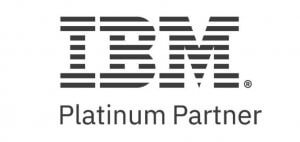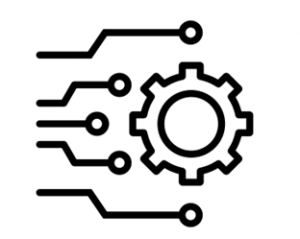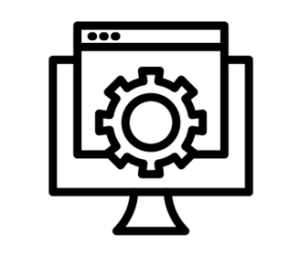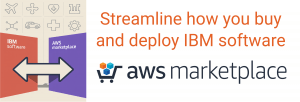IBM Engineering Rhapsody for Model-Based Development

Use IBM Rhapsody to create complex systems and software more efficiently and with higher quality through model-based development. IBM Rhapsody supports many standardized and individual profiles, such as UML, SysML, UAF, or AUTOSAR, and helps to comply with safety standards such as DO-178, DO-178B/C, or ISO 26262.


IBM Rhapsody for Systems Engineering
IBM Rhapsody provides a systems engineering environment that lets you analyze and elaborate requirements, evaluate architectural aspects, and model systems using SysML or another standardized or customized profile. In parallel to engineering the model, you already begin validating requirements and system design by simulating model execution in IBM Rhapsody.
IBM Rhapsody for Software Development
With IBM Rhapsody you leverage an integrated environment for modeling software in UML, AUTOSAR, or other standardized or customized profiles. Debug your model and generate source code in C, C++, Java, and Ada. Import and visualize or further develop existing code in C, C++, Java, Ada, and C#.
 One-Stop: 321 Gang
One-Stop: 321 Gang
Turn to us for your complete and perfectly tailored IBM Rhapsody solution. Tap into our deep expertise acquired in many successful customer projects. We offer support for deployment, usage workshops, training, customization, individual add-ons or enhancements, and integration into your lifecycle environment. We want your investment in IBM Rhapsody to pay off.
Make AUTOSAR work for you with IBM Rhapsody - AUTOSAR Extension
AUTOSAR is a powerful means to control the complexity of automotive electronics and foster quality, efficiency, and reuse of automotive systems. The challenge: design and implementation of AUTOSAR compatible components require in-depth expertise in the AUTOSAR concept. There is a shortage of experienced AUTOSAR engineers, and the creativity of talented developers should focus on smart solutions rather than being distracted by AUTOSAR syntax and semantics. So how can you make AUTOSAR work for you and your engineers and not the other way around? Read all about it here!


